Advertisements
Advertisements
प्रश्न
What is the difference between a nucleotide and nucleoside? Give two examples of each with their structure.
उत्तर
Living organisms have a number of carbon compounds in which heterocyclic rings can be found. Some of these are nitrogen bases-adenine, guanine, cytosine, uracil and thymine. When found attached to a sugar, they are called nucleosides. If a phosphate group is also found esterified to the sugar they are called nucleotides. Adenosine, guanosine, thymidine, uridine and cytidine are nucleosides. Adenylic acid, thymidylic acid, guanylic acid, uridylic acid and cacodylic acid are nucleotides.
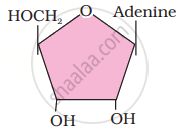 Adenosine |
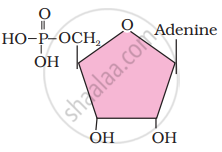 Adenylic acid |
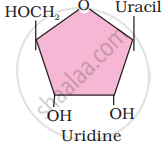 Nucleosides |
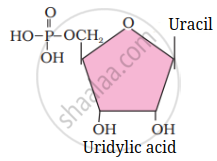 Nucleotide |
APPEARS IN
संबंधित प्रश्न
Explain the composition of triglyceride.
Can you attempt building models of biomolecules using commercially available atomic models (Ball and Stick models).
Attempt titrating an amino acid against a weak base and discover the number of dissociating ( ionizable ) functional groups in the amino acid.
Draw the structure of the amino acid, alanine.
Identify the incorrect statement :
Triglyceride consists of ______.
Identify the structural formula given in the figure.
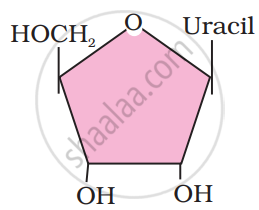
Many elements are found in living organisms either free or in the form of compounds. Which of the following is not found in living organisms?
Aminoacids, have both an amino group and a carboxyl group in their structure. Which one of the following is an amino acid?
Describe various forms of lipid with a few examples.
